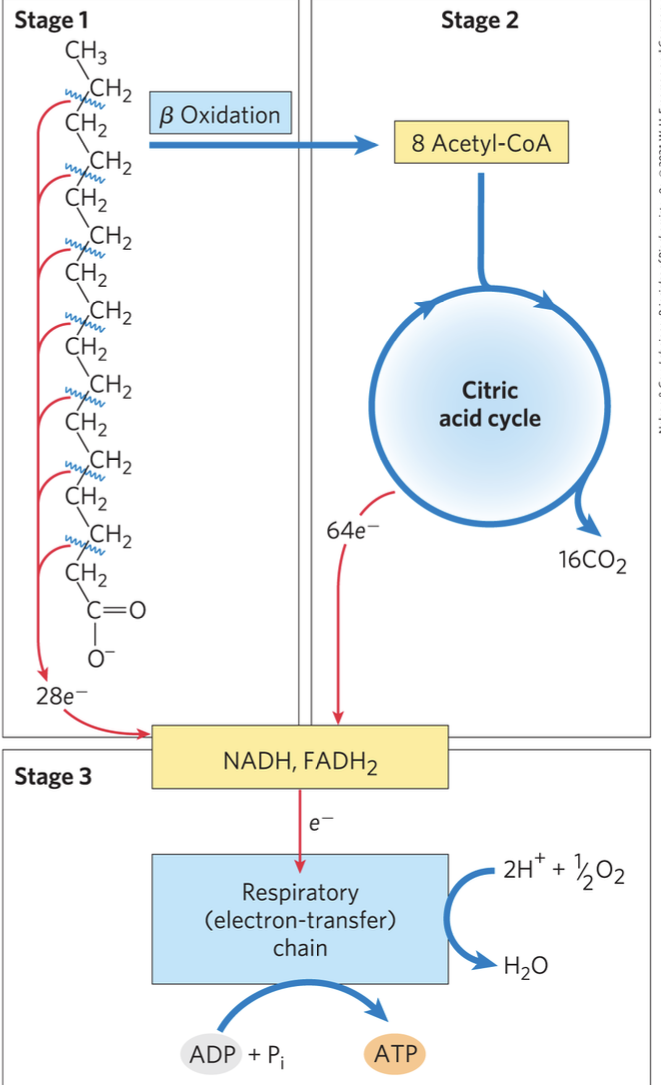FIGURE 17-7 Stages of fatty acid oxidation
1/3
There's no tags or description
Looks like no tags are added yet.
Name | Mastery | Learn | Test | Matching | Spaced |
|---|
No study sessions yet.
4 Terms
Step 1 - B-Oxidation of Fatty Acids
In the first stage of fatty acid oxidation, fatty acids are broken down into two-carbon units, forming acetyl-CoA. This process begins at the carboxyl end of the fatty acyl chain.
Remember -
The 16-carbon palmitate chain is broken down into eight 2-carbon acetyl-CoA molecules. Each time an acetyl-CoA is formed, four hydrogen atoms (or two pairs of electrons) are removed from the fatty acid by enzymes called dehydrogenases.
Step 2
In the second stage of fatty acid oxidation, the acetyl groups from acetyl-CoA are oxidized to CO2 in the citric acid cycle, which occurs in the mitochondrial matrix. This means that the acetyl-CoA from fatty acids joins the same pathway for energy production as the acetyl-CoA that comes from glucose through glycolysis and pyruvate oxidation.
Step 3
The first two stages of fatty acid oxidation produce the reduced electron carriers NADH and FADH₂. In the third stage, these carriers donate electrons to the mitochondrial respiratory chain. As the electrons move to oxygen, energy is released, which helps convert ADP into ATP. This process allows the energy from fatty acid oxidation to be stored as ATP.
Figure
